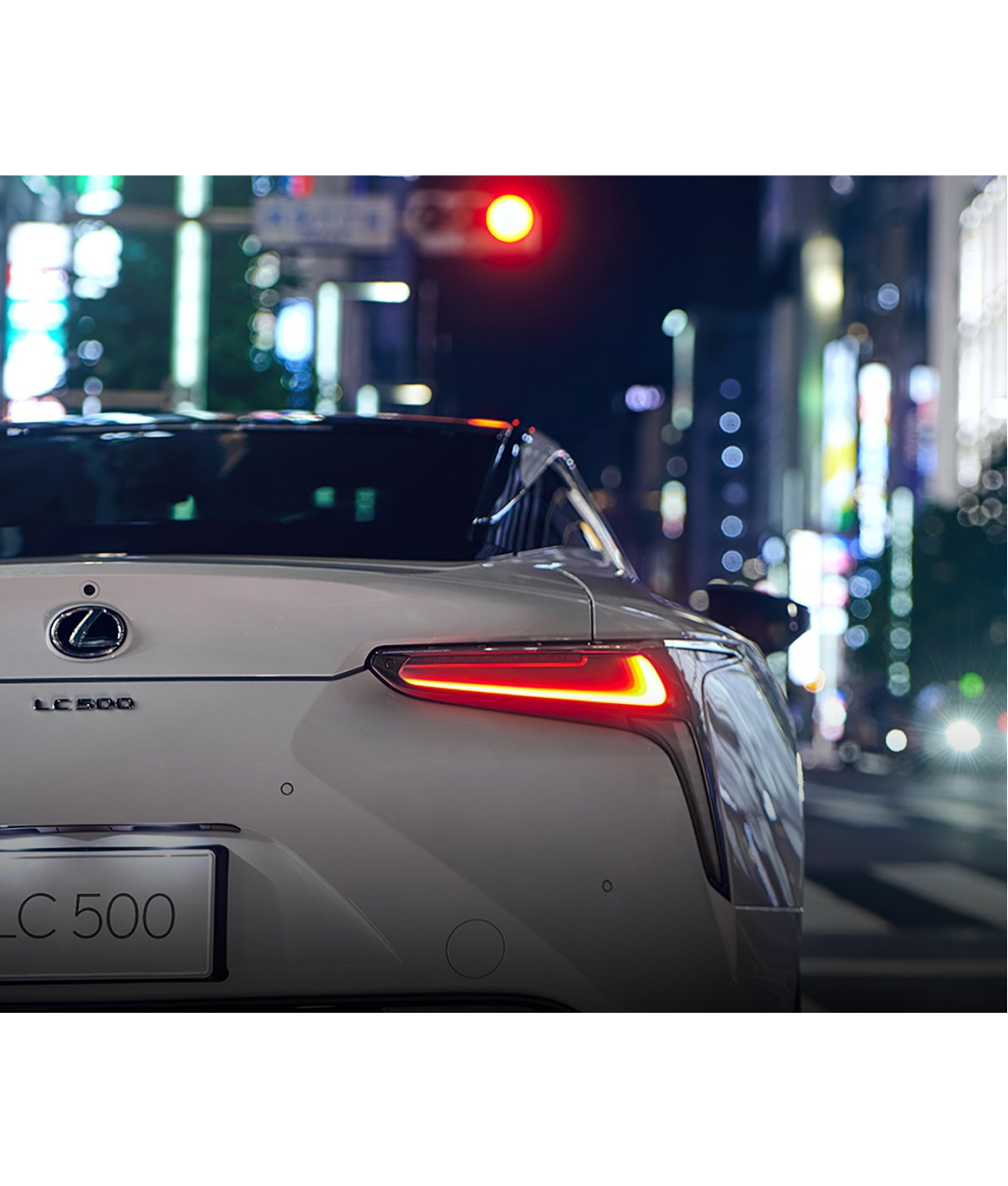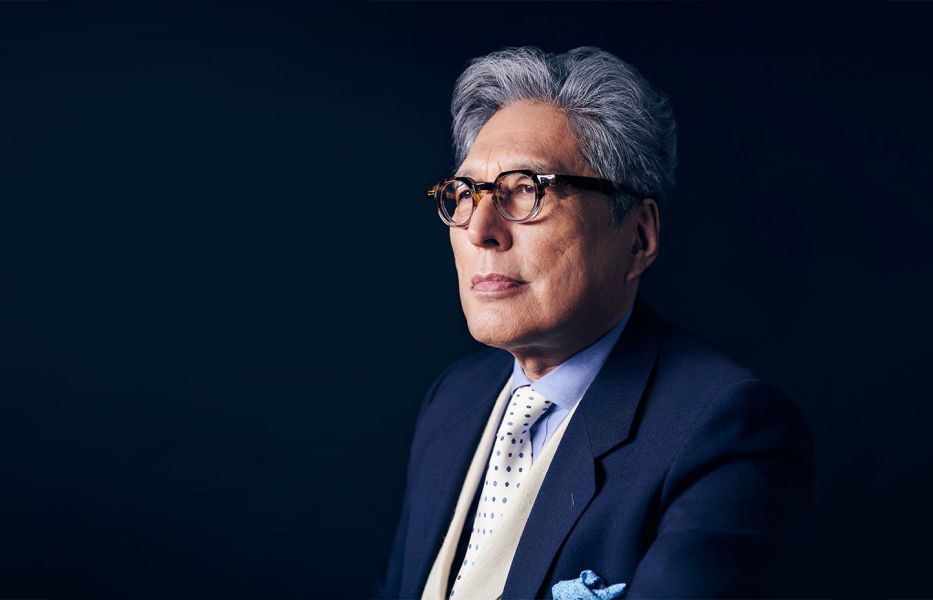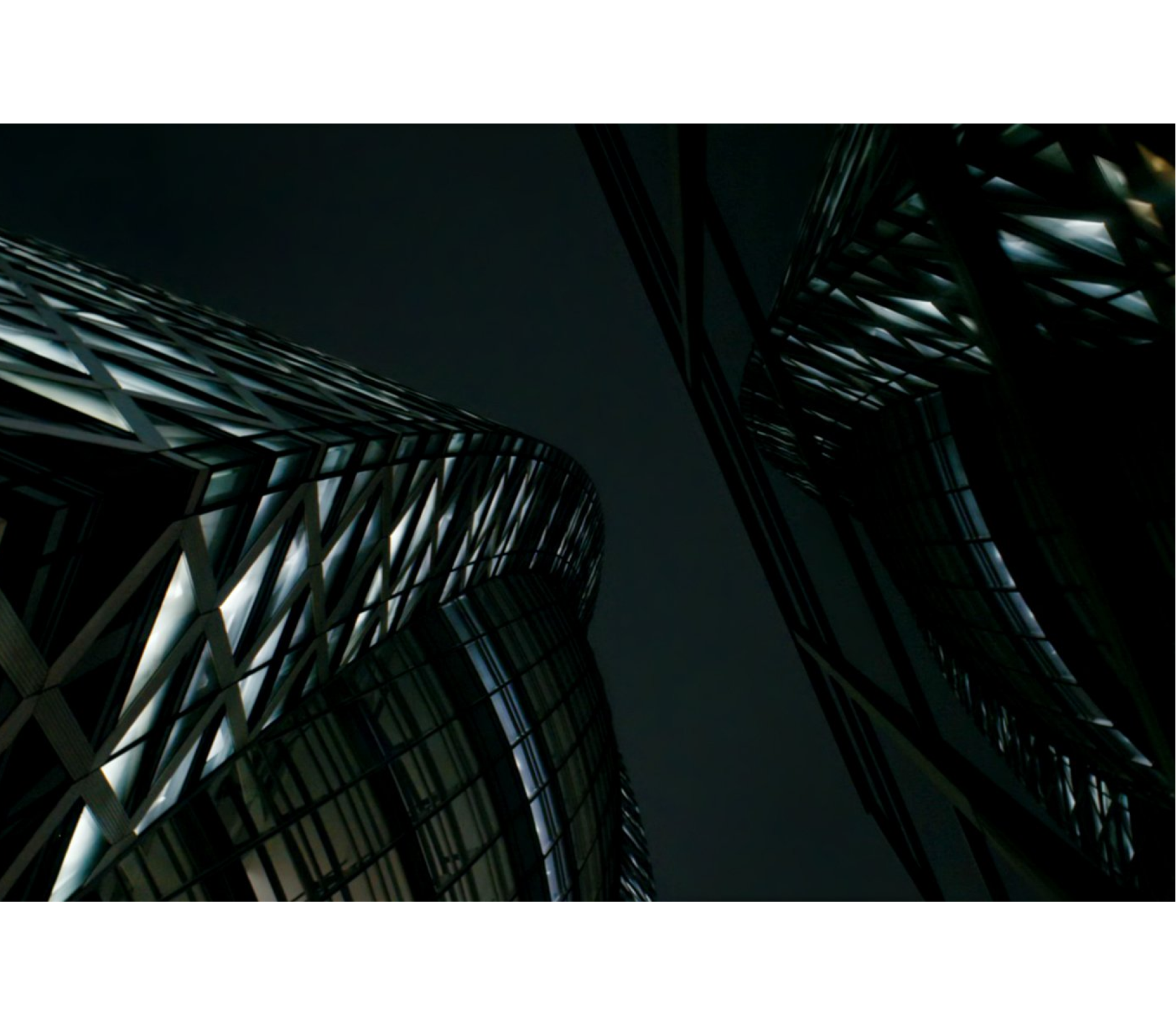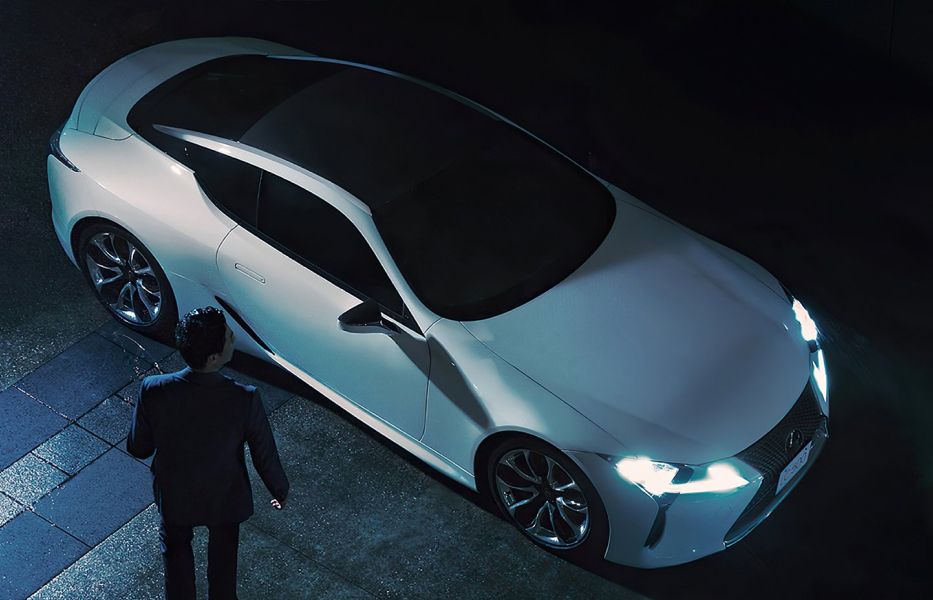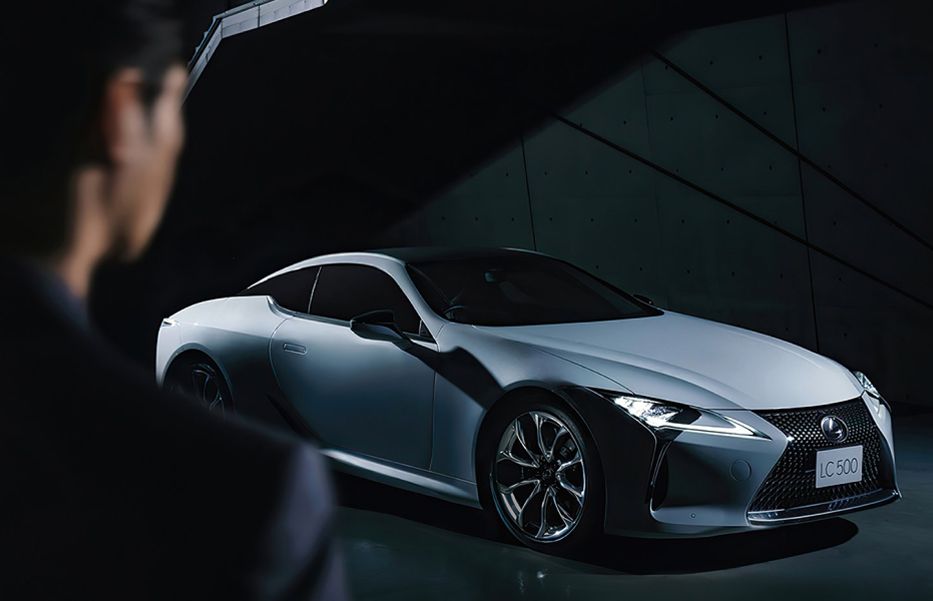“It’s become increasingly important to make the building stand out, but architecture is not only skin deep. There is life behind that facade,” he says, “The function has to be represented in the building and in the Cocoon Tower's case it is as if the students are in a cocoon before becoming a butterfly.” Yet, aside from the symbolic connotations the design conveys, there is the understanding of purpose.
Paul Tange’s highly considered design approach defines urban development across the globe; from Tokyo’s Cocoon Tower to Singapore’s UOB Plaza, One Raffles Place, to the Club Lexus Takaoka and the latest 2020 Tokyo Aquatic Centre, in more than thirty countries he has transformed the urban environment for the better. With each new project, exemplary design responds to its environment in a unique way.
Tange’s guiding principles stem from his late father, the prolific 20th century Modernist architect Kenzo Tange. Those values, which continue with the firm today, place emphasis on the relationship between creative expression and the pragmatic, with the idea that form should follow function. “My father always said that architecture does not exist in a vacuum, it has an environment. Whether it's green fields or an urban setting, we have to exist in that environment.”

